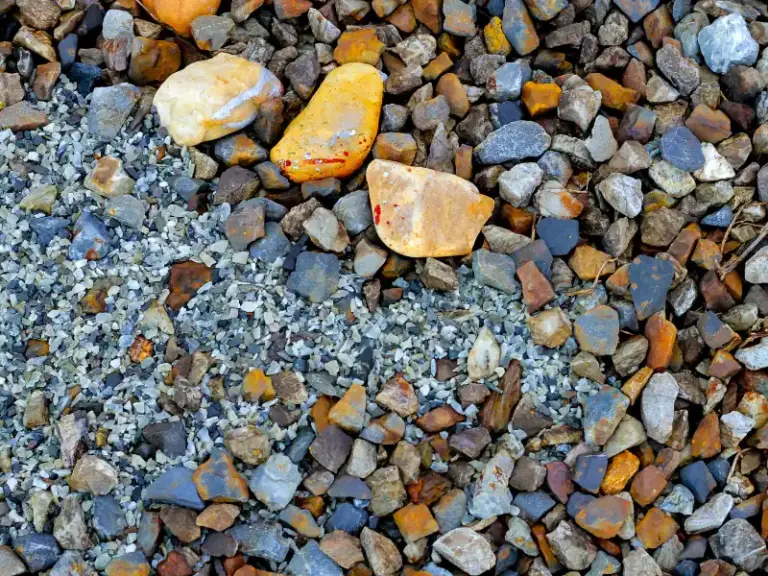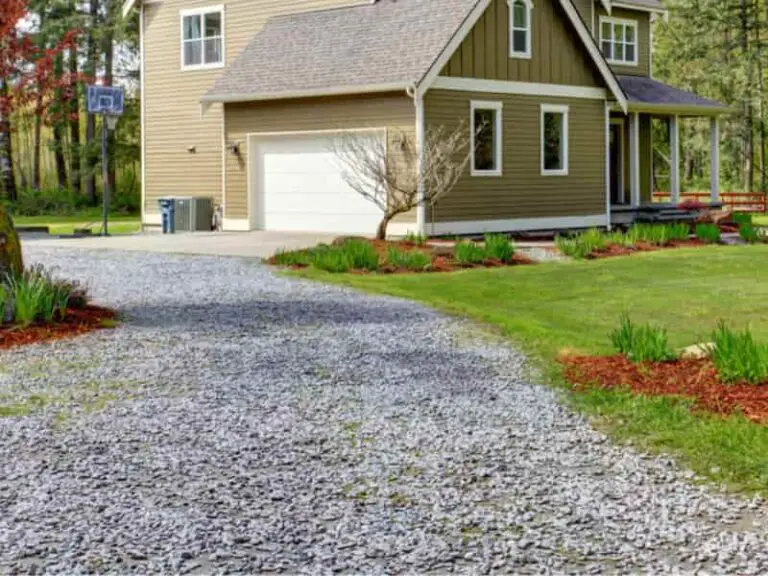Polymeric Sand Problems; Is It Toxic?
Modern homeowners use polymeric sand to bind pavers for walkways or driveways since it has good water drainage, and prevents weed growth and ant infestation. The sand is poured and swept as it is compacted into the pavers‘ joints and is activated with water to form a rigid-flexible joint as it solidifies. It’s an excellent product but not without problems if installed improperly in some environmental conditions, polymeric sands become problematic, and you may have to reinstall. So, what’s polymeric sand problems?
Polymeric sand forms a rigid bond between pavers that is hard to remove. In addition, it’s prone to hazing, may not compact, or harden when improperly topped, and is affected by extreme weather conditions like rainfall. Polymeric is harmful when swallowed or on prolonged dust exposure that can trigger irritation and allergic reaction on eye and skin
Polymeric sand problems
Apart from failing to harden up, you may experience other challenges after installing polymeric sands for pavers joints. You can prevent these challenges, and one sure method is to read and follow instructions in the manufacturer’s manual before installing them.
Check out the detailed guide below for problems you may have to deal with when using polymeric sand.
1. Hazing
White or grey filmy substances might form on pavers after installing and binding with polymeric sand. These white substances are called haze. They are created when you leave sand leftovers on pavers, and they become sticky over time.
Some manufacturers add Portland cement to polymeric sand to lower production costs. Specks of dust from these low-quality sands form haze.
Haze makes pavers look unsightly, and you should clean them.
2. Not compacting
When installing pavers, the sand must be compacted to bring its particles together to remain stronger and remove trapped air that weakens the joints.
If you install pavers and interlock them with polymeric sand but skip the compacting process, the joints will loosen and break soon enough.
For long-lasting joints, follow all the procedural guidelines in the manufacturer’s manual.
3. Choosing the wrong polymeric sand
Polymeric sand exists in various forms, and each type has its suitable application. Choosing the wrong sand bears negative results. Before you begin constructing your pavers, consult a manufacturer to guide you on the best type of polymeric sand to use for binding. Also, be sure to follow the guidelines on the application process to construct your pavers correctly.
4. Improper topping
Improper topping is when one puts a different type of sand from the base of the joint and fills in the remaining top part with polymeric sand. Wrong topping becomes a problem because the base soil might not be strong to support the joint or be porous to allow water drainage. If water stands on the base of a newly built joint with poor sand choice, it will wash the soil particles away. There are also high chances of the top layer falling.
5. Unfavorable weather conditions
Polymeric sand joints dry best in hot weather conditions. If the weather becomes colder with more humidity before the joints dry up, they become fragile and break. Before installing polymeric sand on the paver’s joints, confirm the weather and start the project when the air is dry( 24 hours of sun exposure).
6. Weeds Infestation
Weeds will still grow even when the joints are rigid. Getting rid of the sprouting weeds on pavers joints becomes a big problem once the polymeric sand has solidified. Improper installation may also leave spaces or end up cracking giving way for seeds to fit and germinate. However, with proper installation, the polymeric sand prevents weeds infestation especially if once in a while blow off the leaves and seeds with a leaf blower.
Does polymeric sand harden?
Polymeric sand hardens strong enough to bind pavers together, making it the best choice of sand to interlock pavers. But this requires favorable weather conditions and following the manufacturer’s instructions on installing the sand on pavers.
But are there instances of polymeric sand not hardening?
Let’s find out.
Why is my polymeric sand not hardening up
Despite being the go-to choice for binding pavers, sometimes polymeric sand doesn’t harden as expected. This results in redoing the pavers, which consumes more time and money.
Here are some of the reasons why your polymeric sand didn’t harden up:
1. Immediate rains: The pavers should be exposed to warm, dry air and sunlight for approximately 24 hours after installing the sand, so it dries up completely. If it rains before the 24 hours elapse, the rain droplets will wash the sand particles away. Rainwater also softens the joints when it reaches the base. This prevents the polymeric sand from hardening. It’s recommended to check out the weather conditions before installing the polymeric sand. Rains predicted two days before you begin your project may need you to postpone the project. Also, check the manufacturer’s instructions on the correct temperature to install polymeric sand. Most sands require 32oF.
2. Excess shade: If your driveway or walkway area is near a yard and has a lot of shade, it will be difficult for polymeric sand to dry. Shades deprive the sand of warm, direct sunlight, making them soft, hence will not harden up as expected.
3. Not compacting: Compacting process binds the soil particles together, leaving no space for air which would otherwise loosen the soil. Loose soils take time to harden up and may sometimes never harden completely. If you skip the compacting process when installing the sand, air pockets will remain in the soil, not harden up.
4. Overwatering and underwatering: For polymeric sand joints to harden up well, they need enough water. Not excess, not less. If you apply excess water after binding pavers with polymeric sand, the water will wash them away before they harden. The excess water flows to the joint base, softens the sand, and carries them away. On the other hand, if you apply less water to the joints during the installation, the polymeric sand will weaken and not dry up (harden). They become fragile, and over time, the joints will break. To apply the correct amount of water on sand joints, spray water gently for about 5-10 minutes, don’t let the water sit on the joints or dry up. Repeat this process 3-4 times to activate the sand fully.
5. Poor pitching: When installing pavers, be sure to select an area that has uniform water drainage capacity. Also, form a subtle pitch (one that slopes down from the center). Sloping allows water to flow freely off the pavers and not stand on them when it rains. If you select an area with poor drainage and don’t tilt the pavers, water will stand and create humid, moist conditions that soften the sand joints, therefore, will not harden.
6. Use of the wrong base material: The base layer is responsible for drainage in the joints. Therefore, the material used to make it should be drainage-free to allow water to reach beneath the soil. Inappropriate bedding material, e.g., stone dust, hardens and doesn’t allow water to pass through the joints. This makes water stand in the joints and below the pavers, causing the polymeric sands to remain wet. Be sure to use drainage-free bedding materials; concrete is highly recommended to prevent such occurrences.
How deep should polymeric sand be?
A polymeric sand joint should have a minimum depth of 1 inch, while the width should extend between 1/8- 4 inches.
When installing the sand, be sure to leave a space of 1/8 inch to the surface of the pavers to prevent spillover during the activation process. When sands spill over and dry, they form haze.
Also, ensure the width isn’t too thin or narrow to prevent spill over- because of small space left for water passage or too large that will allow excess water in, washing the sand away.
Can you seal over polymeric sand?
You can seal over polymeric sand or apply the sealer after installing polymeric sand, either way.
When applying a sealer over polymeric sands, be sure to dry the surface of the pavers completely. Wait for 90 days before applying a sealer to newly built pavers.
But if installing polymeric sand after applying a joint sealer, wait for about two days to allow the sealer to dry and stick to the paver.
References
- Oregon State University: 10- step guide to installing pavers.
- Accel: Polymeric Sand SDS (shadow gray)toxicity.
- Ellen Hinds, South Western University: Polypavement Sand Sculpture.


